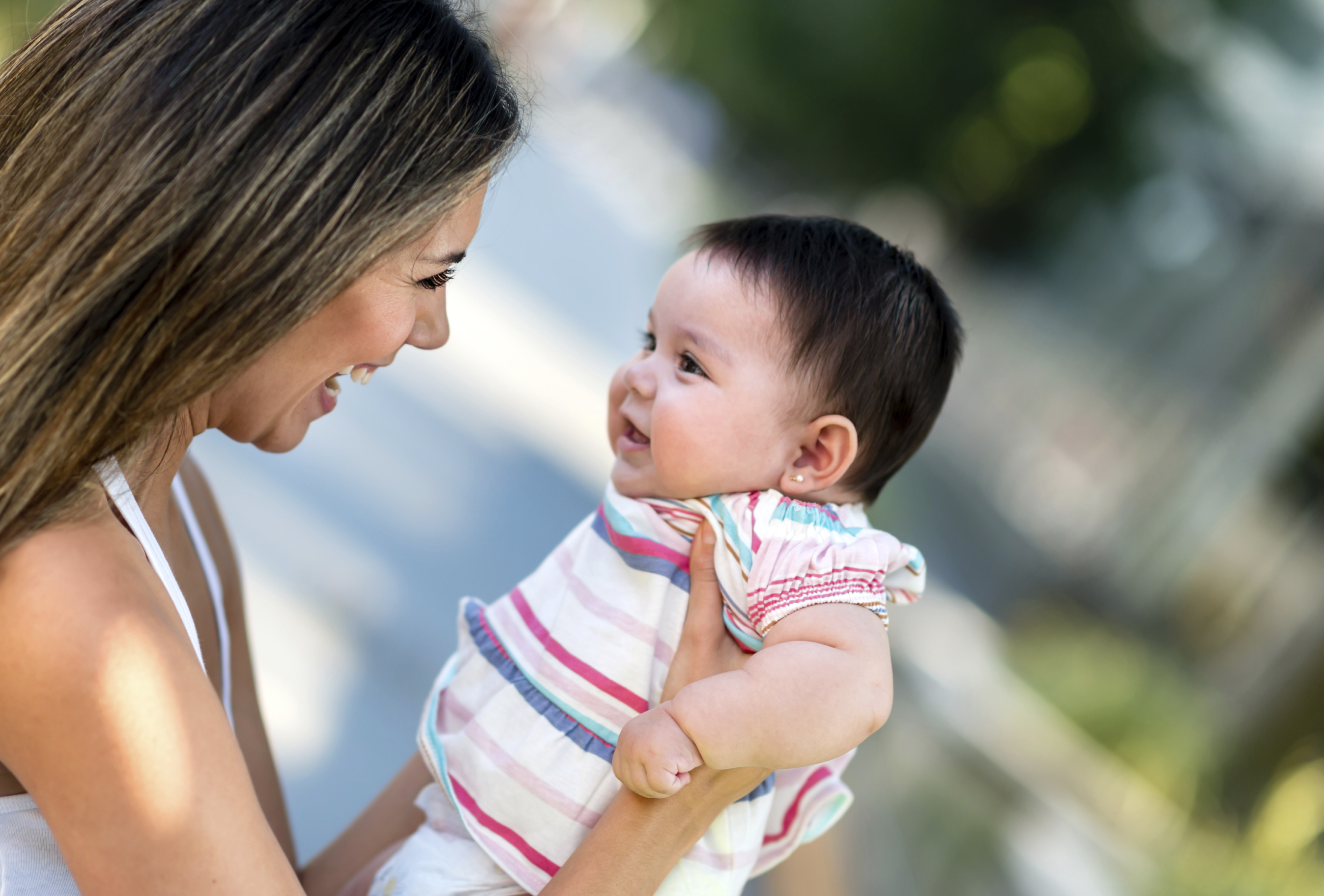4 Common Questions about Raising Bilingual Children
There are many misconceptions about raising children who speak more than one language (bilingual). Although parents may at first have concerns about teaching their children multiple languages, there are many benefits of being bilingual.

Here are answers to common questions about raising a child who speaks more than one language:
Will raising my child in a bilingual home lead to speech and language delays?
There is no evidence that learning more than one language at an early age causes language delays. Bilingual children will reach major speech and language milestones at the same pace as their peers, with children speaking their first words around 11 to 14 months.
Is my child confused if they are mixing languages, using words from both languages?
Mixing languages (also called code-switching) is a normal and natural part of growing up bilingual. Early on, children who speak two languages may not have an advanced vocabulary in one language and will draw words from another language. This is common for children who grow up speaking two languages in their home, and for children who attend immersion schools to learn a second language. Young bilingual children may also switch languages, because they are sensitive to their social environments and will often speak the language their listener knows best.
Check out your child’s communication milestones here!
What language should I use at home?
At home you should use the language you are most comfortable with when talking to your child. This will provide your child a strong foundation for learning any language. Parents should not worry about using a native language in the home that is different from the one spoken outside the home (majority language); for children who speak multiple languages this gives them the opportunity to practice all of their language skills.
Can my child with language or learning difficulties learn more than one language?
Recent research shows children with specific language impairment (SLI), Down syndrome, Autism Spectrum Disorder (ASD), etc. who are raised bilingual do not experience additional communication delays or challenges compared to monolingual peers with similar impairments.
Sources
Genishi, C.S. (1976). Rules for Code-Switching in Young Spanish-English Speakers: An Exploratory Study of Language Socialization [Doctoral dissertation].Retrieved from ERIC.
Kay-Raining Bird, E., Cleave, P., Trudeau, N., Thordardottir, E., Sutton, A. & Thorpe, A. (2005). The language abilities of bilingual children with Down Syndrome. American Journal of Speech-Language pathology. 14:187-199.
Paradis, J., Crago, M., Genesee, F. & Rice, M. (2003). Bilingual children with specific language impairment: How do they compare with their monolingual peers? Journal of Speech, Language, and Hearing Research. 46:1-15.
Peterson, J. Marinova-Todd, S.H., Mirenda, P. (2012). Brief report: An exploratory study of lexical skills in bilingual children with autism spectrum disorder. Journal of Autism and Developmental Disorders. 42:1499-1503.
Petitto, L.A., Holowka, S. (2002). Evaluating attributions of delay and confusion in young bilinguals: Special insights from infants acquiring a signed and spoken language. Sign Language Studies, 3(1):4-33.
Wong Filmore, L. (1991). When learning a second language means losing the first. Early Childhood Research Quarterly, 6:323-347